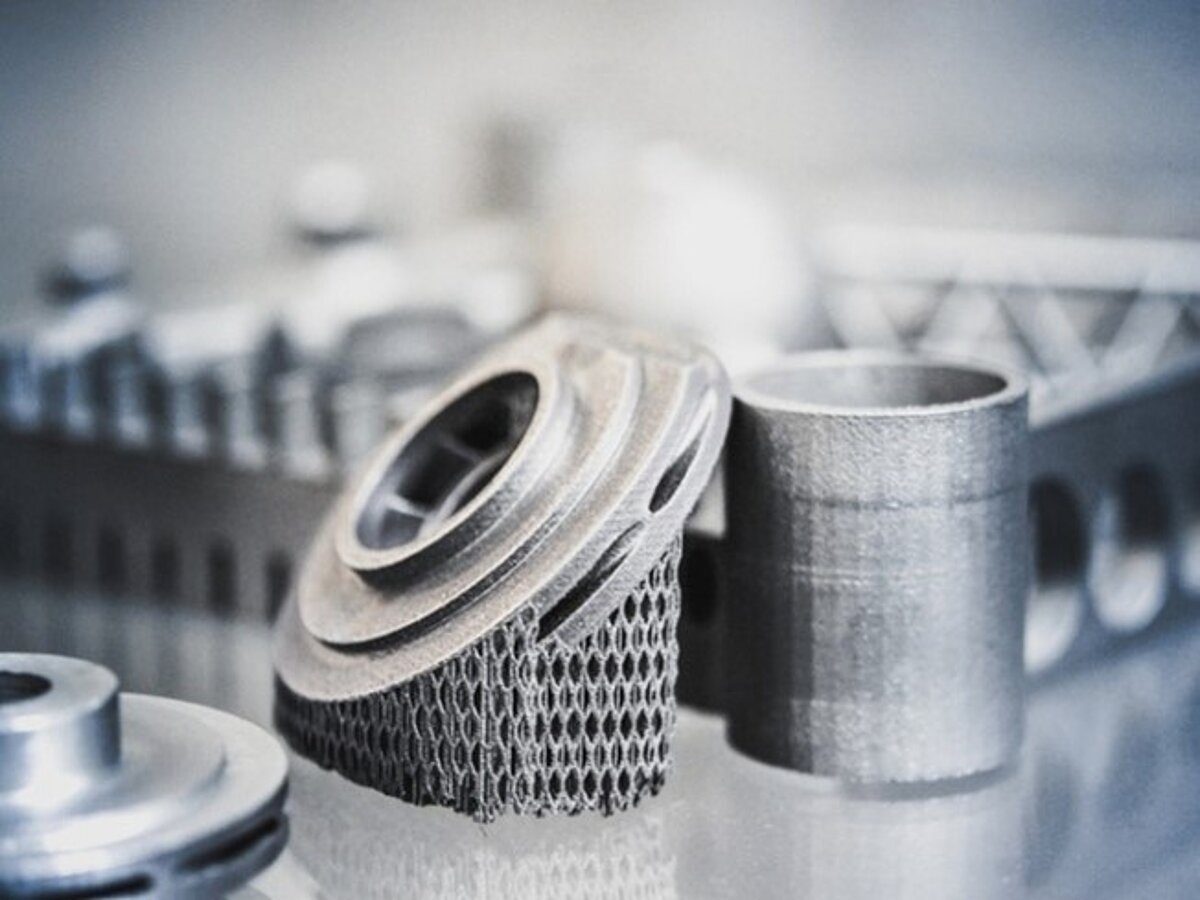New research project for the calculation of 3D printed materials

To date, there are no economically viable simulation methods for determining the properties, strengths and load capacities of 3D-printed components. This is because if one tries to describe effects from 3D printing precisely in computational and physical terms, the effort required in terms of software and computing times for complex components is quickly in the five-digit range.
"It is astonishing that printed components sometimes show considerably higher strengths than, for example, cast parts made of the same material. We still know far too little in terms of load capacities, strengths and material properties to be able to really use 3D printing in a targeted manner," says Stefan Merkle, managing director of Merkle & Partner from Heidenheim, adding, "With the ROAD3D research project, we want to close this knowledge gap as quickly as possible."
Aalen University is a particularly suitable partner for Merkle & Partner, and not just geographically. As one of the leading universities of applied sciences in terms of research, it builds on know-how and corresponding networks, such as "SmartPro", a network through which the university develops smart products and intelligent technologies with over 50 partners from business and science.
Merkle & Partner, as well as Aalen University, see the solution for the calculation of 3D-printed components in a semi-empirical approach; within the framework of a combination with computer tomography, test results and simulation. This solution approach will be tested on a wide variety of components as part of the cooperation. The components in question are more complex 3D-printed parts made of steel or aluminum up to a size of approximately 100 mm x 100 mm x 100 mm.
Anyone wishing to have such components evaluated on the basis of the new solution process can have them included in the research project. The component donor will receive a strength assessment in accordance with the new method. Since capacities are limited within the scope of the project, not all components can be considered. Real samples can be submitted directly to Merkle & Partner.
Further information at:
Project start ROAD3D - New research project

